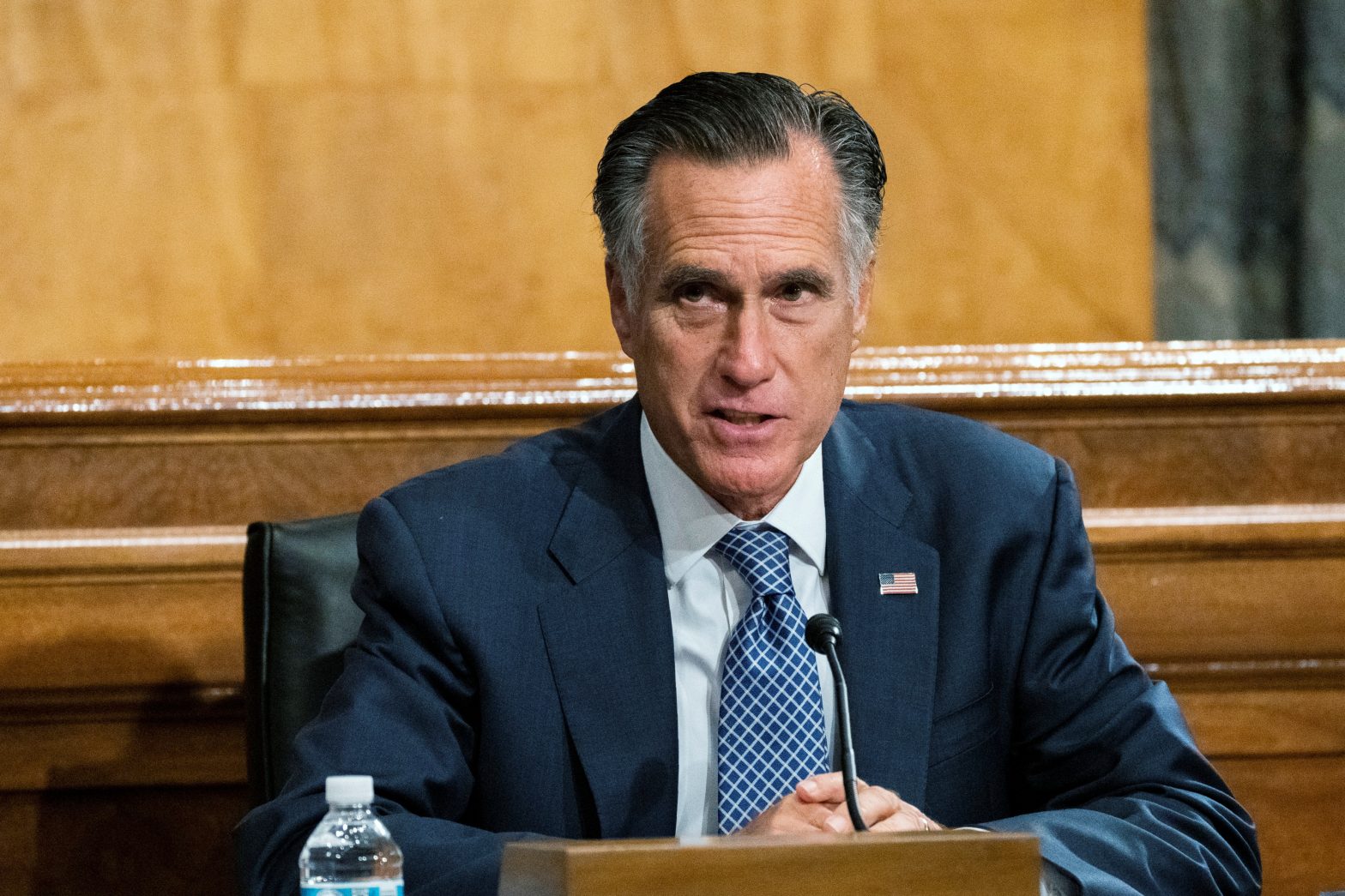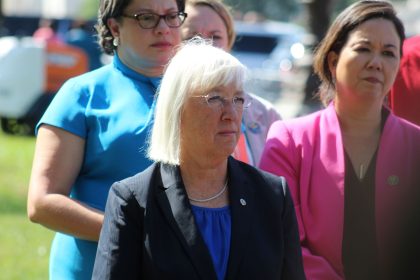As Momentum Builds, Analysts Discuss Proposals for a Basic Child Allowance

WASHINGTON — With proposals by both the Biden Administration and Sen. Mitt Romney coming to the table in early 2021, prospects for an American child allowance have their strongest-ever chance of coming to fruition. Both plans create a new child benefit that would provide hundreds of dollars per child each month to millions of American families.
These potential new social welfare policies mimic those child allowances, or cash grants given to families with children to cover the costs of childcare, other developed countries have used to stimulate reproduction and reduce the poverty rate. The earliest notions of a child benefit were generated after World War I, but the idea took root in over twenty countries starting in the early 2010s.
With momentum building in the U.S. and child allowances on the verge of becoming reality, the American Constitution Society gathered a panel of poverty and welfare policy experts to discuss these potential new social welfare offerings, including how they would work and what they could achieve.
“All wealthy nations aside from the U.S. have some type of child allowance or child benefit,” stated Rebecca Vallas, senior fellow at The Center for American Progress. She said the U.S. “falls short… [and] stands out like a black sheep.”
In fact, about 20 countries, mostly in Western Europe, have a universal child allowance. Another 30 have some form of child tax allowance. The United States has, instead, a Child Tax Credit, which allows taxpayers to claim a credit of up to $2000 per child under age 17.
Vallas says the CTC is “important, but limited as a policy solution” as it requires a minimum level of earnings thus leaving out the poorest children, doesn’t offer the full benefit in cash, and doesn’t help with continuing costs since it’s a one-time payment or benefit at tax time.
The idea of a monthly or quarterly benefit has been well received by analysts studying the impacts of poverty on children.
“The birth of a child is actually one of the leading triggers of poverty spells,” said Vallas. “Parents of infants and toddlers are often younger parents… those more likely to be paying student loans, and have higher rents or mortgage payments. You think about all of this and a monthly benefit, [just seems the] most important form of relief that policymakers could be seeking to provide right now.”
“It is estimated that 13% of kids in the U.S. live in families with incomes below the poverty line,” said Greg Duncan, distinguished professor of Education at The University of California, Irvine. His review of studies attempting to isolate the effect of income on worst-child outcomes has shown evidence not only that poverty is detrimental for child development, but that the duration of poverty is important, and early child poverty is the worst of all.
“A review of social safety programs… found that they also were related to child wellbeing. The Earned Income Tax Credit, Child Tax Credit, Food Stamps… kids did better three or four decades later in terms of health. These appeared to have strong linkages to… reduce child poverty dramatically in the U.S.,” Duncan said.
Historically in the U.S., “tax credits have been popular because we’ve wanted to support families, but didn’t want to consider it welfare or a handout,” suggested Samuel Hammond, director of Poverty and Welfare Policy at The Niskanen Center. But both plans currently on the table make the benefit more akin to a universal child allowance.
Biden’s American Rescue Plan is largely based on the American Families Act, which starts with the existing CTC and makes it fully refundable. He proposes to increase the maximum credit from $2,000 to $3,000 with an additional $600 boost for each child under the age of six. These amounts phase out at income levels of $75,000 (back to $2000) and then again entirely at $150,000, which decouples the CTC from parents’ employment patterns. Most versions of the proposal also direct the IRS to send automatic monthly payments to families with children.
“This is an opportunity to actually provide something that… insulates assistance from the hazards of the labor market,” said Vallas. “[It gives] an extra boost to families with young kids under age six… and provides for clothing, food, and other basics that don’t wait for tax time.”
Hammond said Romney’s alternate proposal, the Family Security Act, also addresses both poverty arguments and family stability arguments. “It has a resource channel with direct impacts like education and health care, but also rent and transportation… [It] creates stronger families which are important for kids,” he said.
Romney’s proposal would replace the CTC with a new program administered by the Social Security Administration. It offers $1,400 just prior to birth, a larger $4,200 per year per child up to age five, and $3,000 per year for children aged six to 17. The maximum benefit for families caps at $15,000, and would be paid in monthly installments.
Romney’s plan provides more in lifetime benefits, provides benefits prior to birth, and phases out at a higher income level — which makes the program more universal in its coverage. Yet there is much controversy surrounding it as well.
The biggest contention for Romney’s plan is its disputed pay-fors. Its single biggest method of paying for itself is a tax increase for higher-income families, according to Hammond. But the pay-for likely to be its biggest obstacle is the elimination of the Temporary Assistance for Needy Families program, for which federal spending on cash assistance has actually fallen by 82% since 1997.
“There’s a lot to like in the Romney plan,” said Vallas, “but the pay-fors are one of the aspects progressive folks take issue with, and I’m one of them… I don’t think that we should pay for [a child allowance] with cuts to or elimination of other programs that provide income support.”
Vallas has, herself, written a report detailing why TANF should not be a model for income assistance programs as it helps few struggling families, is unresponsive to recessions, isn’t accountable for results, and does a poor job cutting poverty, yet she would rather it be improved than eliminated.
“I don’t blame progressives for being skeptical of a Republican who comes bearing gifts,” said Hammond. “But the degree to which we’ve taken defensive posture toward any approach to picturing comprehensive reform… that’s bad from the fiscal side and the good government side.”
As a historical point of fact, both the EITC and CTC were both proposed, supported, and expanded by Republican policymakers with broad bipartisan support.
Hammond said that to comprehensively reform the system, “we can’t take an approach that’s purely additive.” He lauded Romney’s proposal for removing the complexity of current options and providing a more “legible, and straightforward subsidy… with simplicity [that] would be enormously valued.”
“There’s no doubt that child poverty would be dramatically reduced by [a] $3000 child allowance,” said Duncan. “Our history is one of demonizing child assistance programs for low-income families. In the longer run, coming out with a universal approach… primarily one that won’t be attacked every few years…will provide tremendous advantages.”

























